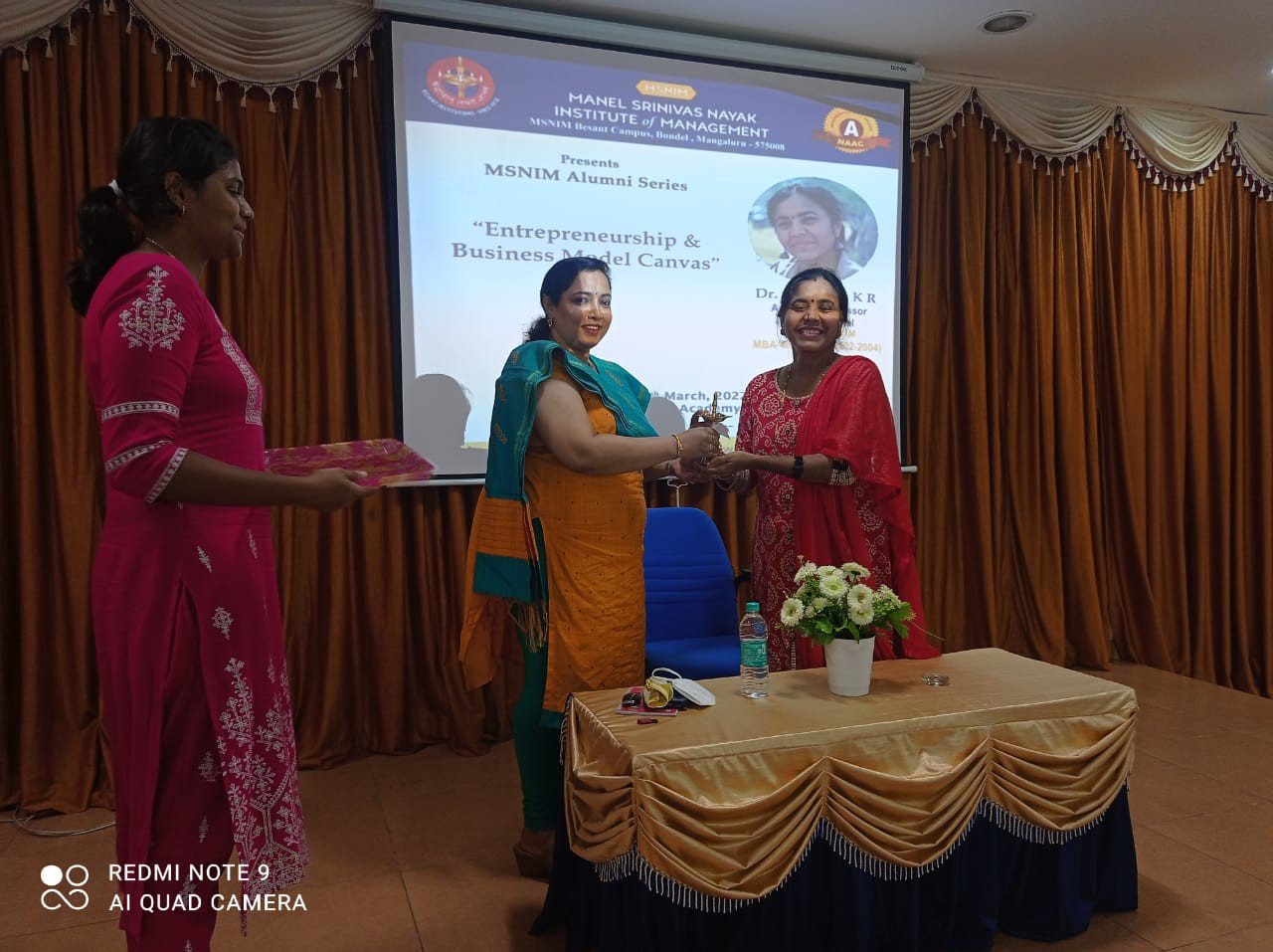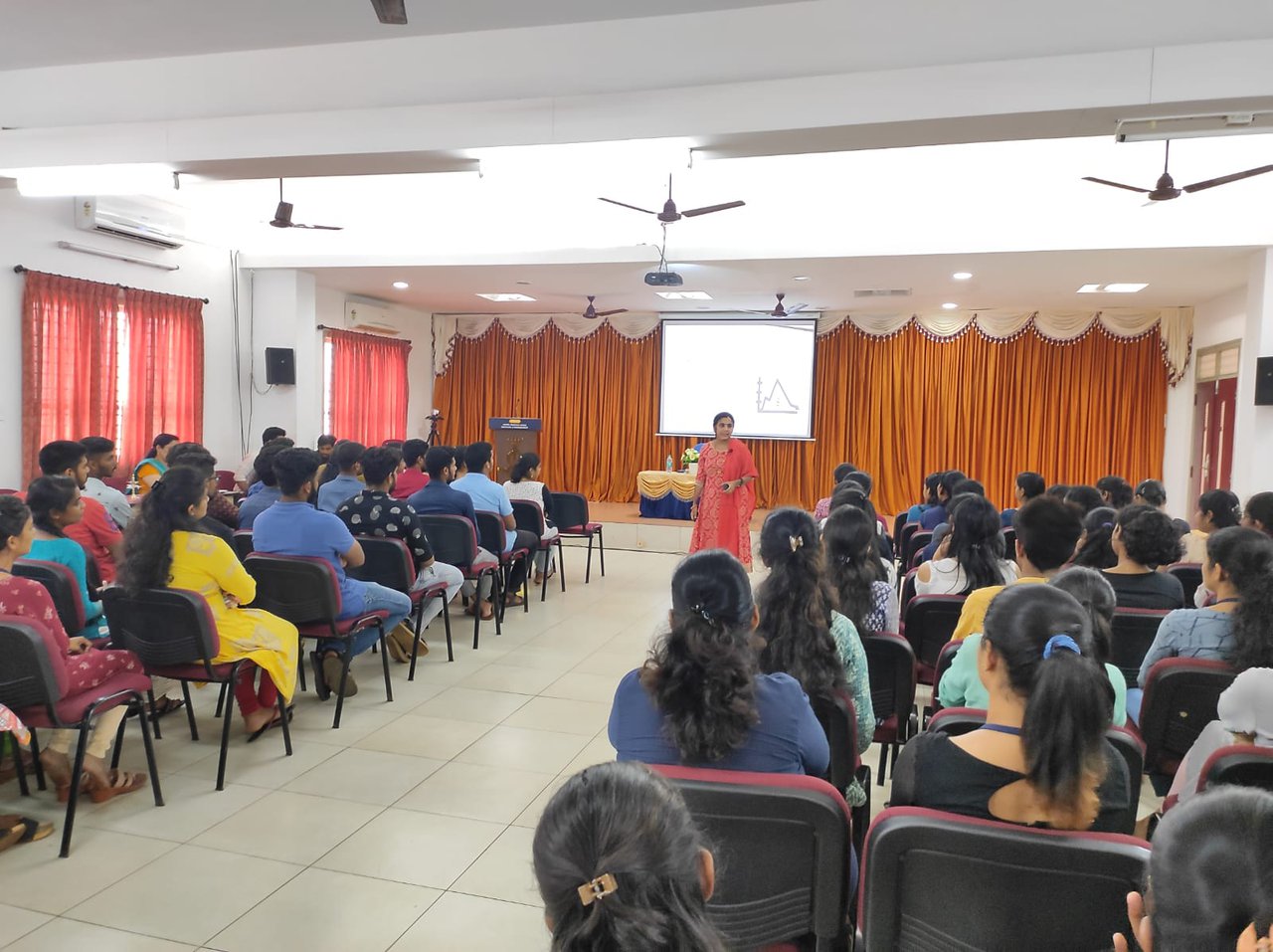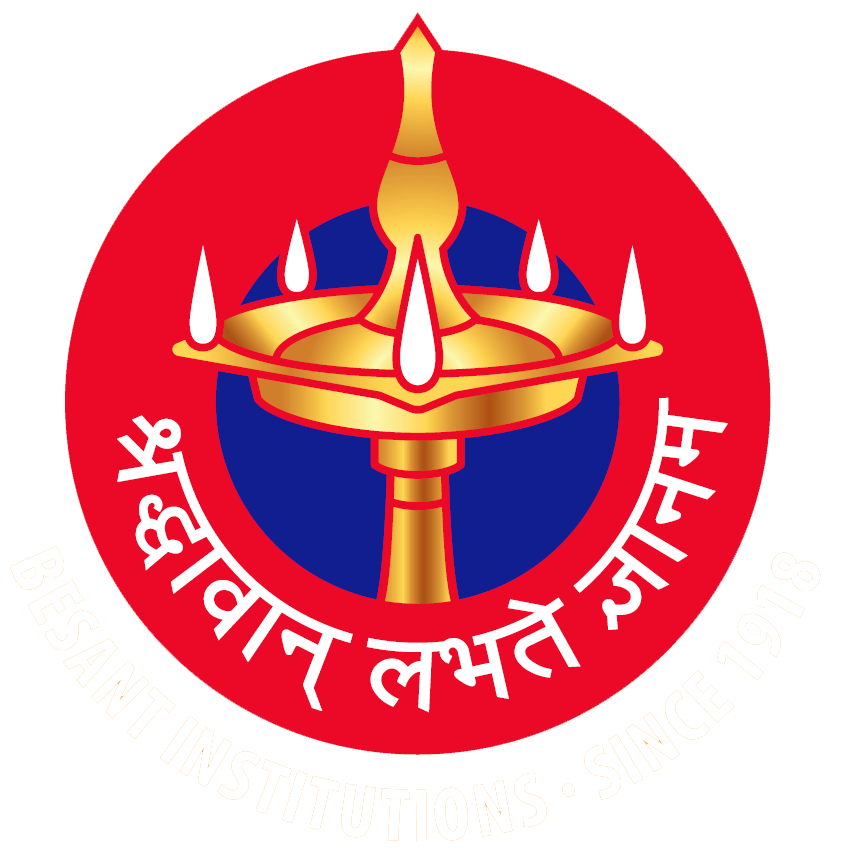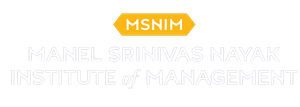Entrepreneurship & Business Model Canvas-MSNIM Alumni series
On the 18th of March 2022, Dr. Suprabha KH took a session on Entrepreneurship & Business Canvas for the students of the 22nd and 23rd batch. The session was hosted by Arpitha Nayak, who introduced the guest and welcomed her.
The session started with the resource person introducing to the students about the many young entrepreneurs of our country. Dr. Suprabha began her session by talking about Mr. Nivedan Nempe, the entrepreneur who made Areca Tea to help the arecanut farmers back in his hometown. Then, she spoke of Musthafa PC, the founder of iD Fresh, who now makes billions selling your everyday idli and dosa batter. She spoke of Oyo Rooms and its founder, Riteish Agarwal, who routinely lived and used his own app to see if what he was selling was worth the amount his customers were paying. Dr. Suprabha spoke of Sarath Babu Elumalai who now runs the extremely successful food chain, Food King all across India. She told of his success story reminding everyone that failures are only a part of success. Practo, a brainchild of Shashank ND and Abhinav Lal was a business idea that emerged from their own difficulties in managing the health care situation in the country, which now is one of the leading healthcare companies aiming to improve access to quality input from professionals.
Each of the stories had a lesson behind them; from being focused and innovative, never giving up, thinking of the other reasons to go ahead with a business other than money, having an optimistic approach to being confident and trustworthy towards the customers. With many such entrepreneurial stories, she moved to the next part of the session.
The second part of the session was all about the Business Lean Canvas. Dr. Suprabha elaborated on the subject using Uber as a guide. The first step to the business canvas is the problem. The second step would be to find out the unique selling proposition of the business idea, followed by the solution being provided. The consumer segments decide who would benefit off the business. Then, it would contain the key factors of the idea, the channels through which the business would run, the revenue streams, the cost structure and the unfair advantages the business might have. In the case of Uber, the problem would be people not being able to find convenient travelling modes from one place to another at an appropriate time and money.
The solution would be driving people from one place to another at a convenient time and price according to the needs of the customer. The key factors would be the drivers, the customers and the other people working on the app. Their USP would be Taxi on demand, Easy to order cab,short wait time and the part time job opportunities it gives to people. The channels to run the business are the mobile app, social media and the PR it gives. The revenue streams are the pay per ride charges, surge pricing and the premium uber brands. The cost structure would include platform development costs, salaries, sales and marketing costs and payments to drivers. All these would focus on two consumer segments, passengers and drivers.
The resource person also gave out the business models and encouraged the students to bring out their own business ideas through the model, by filling up each step. The talk came to an end with a small Q&A session .



